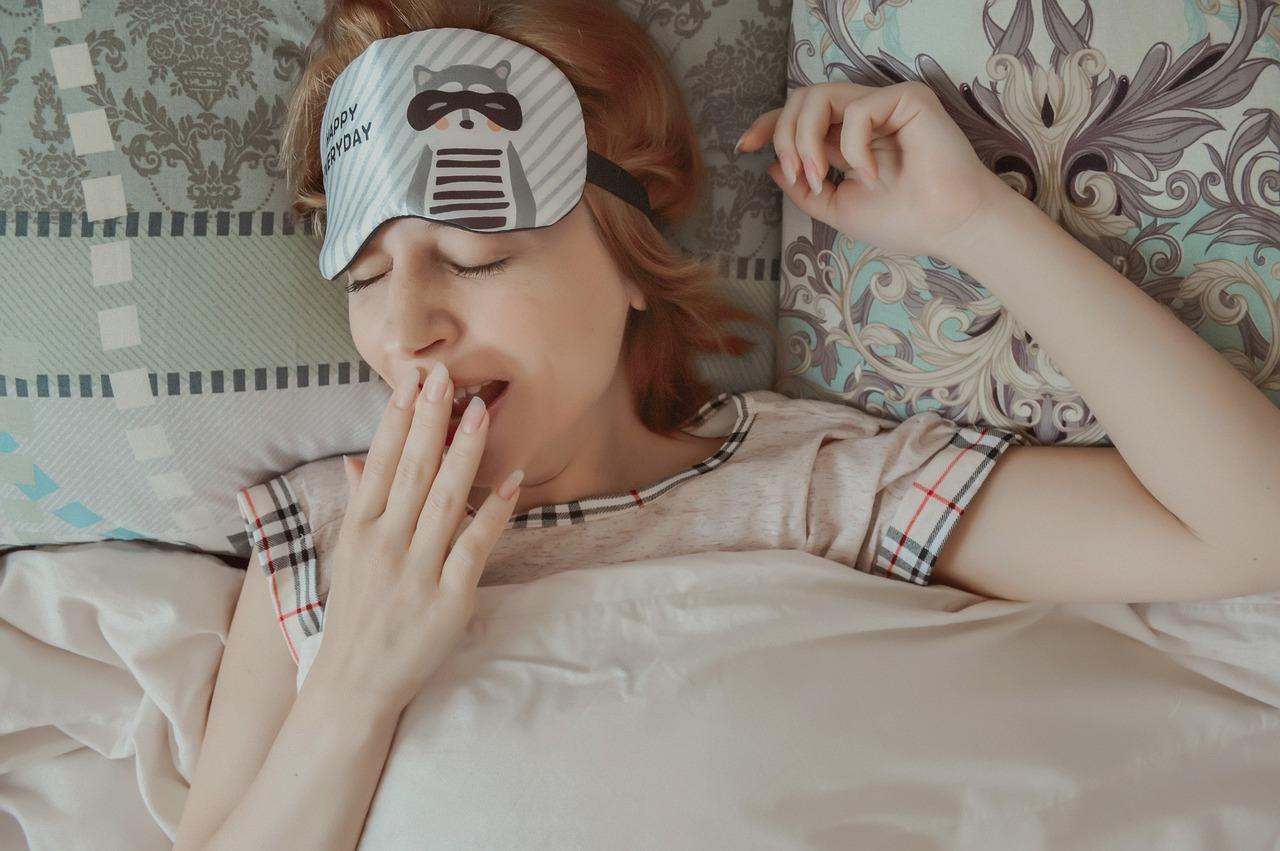Learning lucid dreaming could help in isolation

Sleep stock image from Pixabay
New research at the University of Adelaide has found that several techniques increase people’s chances of having lucid dreams. Lucid dreaming is when the dreamer is aware they’re dreaming while they are still dreaming and can control the experience. This may be useful for those self-isolating due to COVID-19.
Previous studies have shown lucid dreaming to have therapeutic benefits including as a treatment for nightmares, improvement of physical skills and abilities through dream rehearsal, and creative problem solving.
The International Lucid Dream Induction Study (ILDIS), published in Frontiers in Psychology and the largest of its kind ever conducted, investigated and compared five different combinations of lucid dream induction techniques including:
- Reality testing – which involves checking your environment several times a day to see whether or not you’re dreaming.
- Wake Back to Bed (WBTB) – waking up after five hours, staying awake for a short period, then going back to sleep in order to enter a REM sleep period, in which dreams are more likely to occur.
- Mnemonic Induction of Lucid Dreams (MILD) – which involves waking up after five hours of sleep and then developing the intention to remember that you are dreaming before returning to sleep, by repeating the phrase: "The next time I'm dreaming, I will remember that I'm dreaming." You also imagine yourself in a lucid dream.
- Senses Initiated Lucid Dream (SSILD) – which involved waking up after five hours of sleep and then repeatedly focusing your attention on visual, auditory, and physical sensations for 20 seconds each before returning to sleep. This technique is similar to mindfulness meditation but involved repeatedly shifting your focus.
- Hybrid technique combining elements of MILD and SSILD – which, like the SSILD technique, involved repeatedly focusing attention on visual, and physical sensations. Participants also repeat the phrase: ”The next time I’m dreaming, I will remember that I’m dreaming” every time they shifted their awareness.
Lead author Dr Denholm Aspy from the University of Adelaide’s School of Psychology said results showed the MILD technique and the SSILD technique were similarly effective for inducing lucid dreams, while predictors of successful lucid dream induction included superior general dream recall and the ability to fall asleep within ten minutes of completing the lucid dream induction techniques.
He said the potential of lucid dreaming as a therapeutic technique is especially relevant now, with so many people in isolation due to COVID-19.
“One of the applications of lucid dreaming is that it provides a way to have vivid, life-like and fulfilling experiences while dreaming that are not possible for some people while they are awake,’’ Dr Aspy said.
“This could be due to debilitating medical conditions, but also due to circumstances like self-isolation or quarantine when daily habits are disrupted and emotional stressors are high.”
More information about Dr Aspy’s work is at www.DrDenholmAspy.com
Media Contacts:
Dr Denholm Aspy
Visiting Research Fellow, School of Psychology
University of Adelaide
Mobile: +(0)431 124 329
Email: denholm.aspy@adelaide.edu.au
Elisa Black
Manager – News and Media
The University of Adelaide
Mobile: +61 (0)466 460 959
Email: elisa.black@adelaide.edu.au
